Hi
We hope you’re not pleased to find that we are nearing the end of this article series. So here’s the thing….
The Thing
Our 20th Century mental models, beliefs and behaviours do not support our desire to build sustainable organisations, communities, and institutions.
Wealth creation by appropriation has never been sustainable and we have now reached a tipping point in human kinds’ continued existence on the planet.
We have lived with the illusion of predictable cause and effect relationships; as the planet becomes more interconnected in real time, this illusion has been shattered.
Complexity has increased causing many to feel isolated, confused, frustrated and disconnected. Social and political agendas seem to be hijacked by the political and economic elite. Being poor is synonymous with failure and shame.
Research by neuroscientists and educational researchers provides pathways describing how we may navigate to better outcomes if we choose to examine, apply and evolve this understanding.
Many individuals, policy makers, legislators, educators, leaders, and even school children are now seeking to navigate to a kinder and more sustainable world.
This Thing, for us, brings it all down to the narratives below.
Purpose: Organisations, their teams and individuals must connect with and/or construct purpose and meaning that ensures genuine value to all critical stakeholders. They must answer the ‘higher why’ questions to uncover and discover what their purpose is.
Collaboration is a critical prerequisite for success when dealing with complex and complicated problems that arise through the challenges in a VUCA world.
Capability, must match complexity requirements to deliver effective stakeholder outcomes.
Dynamically balanced approaches are required to deliver effective stakeholder outcomes particularly within Complex Adaptive Systems; linear problem solving will no longer suffice. Leaders might imagine that linear and hierarchical structures and solutions are the most effective approach to dealing with complex problems, however this is not universally true.
So, what to do? Here’s what we think:
Align purpose with the things that stakeholders truly value
Purpose is understood when organisations have clarity about why they exist. Unlike vision and strategy (which is created), purpose is an act of revelation. When your organisational purpose is in alignment with what critical stakeholders’ value, it will optimise organisation outcomes.
Enhance leaders’ collaborative capacity
Often confused with consensus or co-operation, collaboration has a specific meaning and intent. True collaboration results in much more than merely working together to achieve the same outcome; it gives rise to a synergy that produces far more than the sum of the collaborative parts. Collaborative capability repeatedly arises in published international research as a requirement for organisations that seek to create sustainable prosperity for all stakeholders.
Skill up leaders’ capability in decision-making under VUCA conditions
Like we’ve said before, the world is just too volatile, uncertain, complex and ambiguous for the majority of leaders to make effective decisions that appropriately align the perspectives of key stakeholders. Today’s leaders must enhance their ability to think through and resolve issues at ever increasing levels of complexity.
Complexity & Collaboration - few more words
Complexity inhibits leaders capability to unilaterally comprehend and direct activities that lead to robust solutions.
VUCA Skills (categorised as perspective coordination, contextual thinking, decision-making and collaborative capacity) are sub-optimal in leaders ranging from 40-60% of capacity within the mid-level to CEO population. This is not good. (Source: Lectica. See the data in the following links Leader Decisions Part 1 : How good are Leaders' VUCA skills? and How to Bridge the Complexity Gap. )
Humans are hard wired for social discourse but must feel psychologically safe to contribute authentically. Quality collaboration leads to enhanced contribution by providing a platform for psychological safety.
Research confirms the phenomenon that leadership capabilities are not keeping pace with the increased complexity of modern society.
In the last decade a scientifically proven breakthrough has emerged which demonstrates how robust learning can be applied to increase leaders capabilities.
This is often referred to as Vertical Development, and although there is discourse in the market about the concept - it’s being talked about as The Next New Thing in leadership development - little is based on the science. Indeed to date, there is only one organisation in the global arena that certifies practitioners in the scientifically proven method.
This method enables the application of a robust learning cycle as follows:
If anything in this article, or one of our previous five (see links below) has grabbed your attention and you want to connect with like minded folk wandering the planet, please join the discourse in one or all of the following options…
Let us know if you’d like to be part of an upcoming session in either Sydney or Melbourne where you’ll be joined by no more than a dozen or so like-minded folk. Be prepared for feisty perspective sharing, intellectual robustness (with a good dob of humility we hope), and collaborative networking with your industry peers that may just give you a way forward for either that thing that’s been keeping you awake at night or the organisational gem, yet to be discovered, that you care deeply about.
That’s option 1.
Option 2 is to join us in an upcoming webinar on Tuesday 24th September – registration details will be in our next article but please let us know today if you’re interested.
Option 3 is to have a complimentary whiteboard session with a couple of our directors where we’ll use the Integral Framework to make a first pass evaluation of your organisation/division/function/team.
Enter your details here and insert Option 1, 2 and/or 3 under Message. You’re most welcome to take us up on all three offers.
The previous article in this series are:


